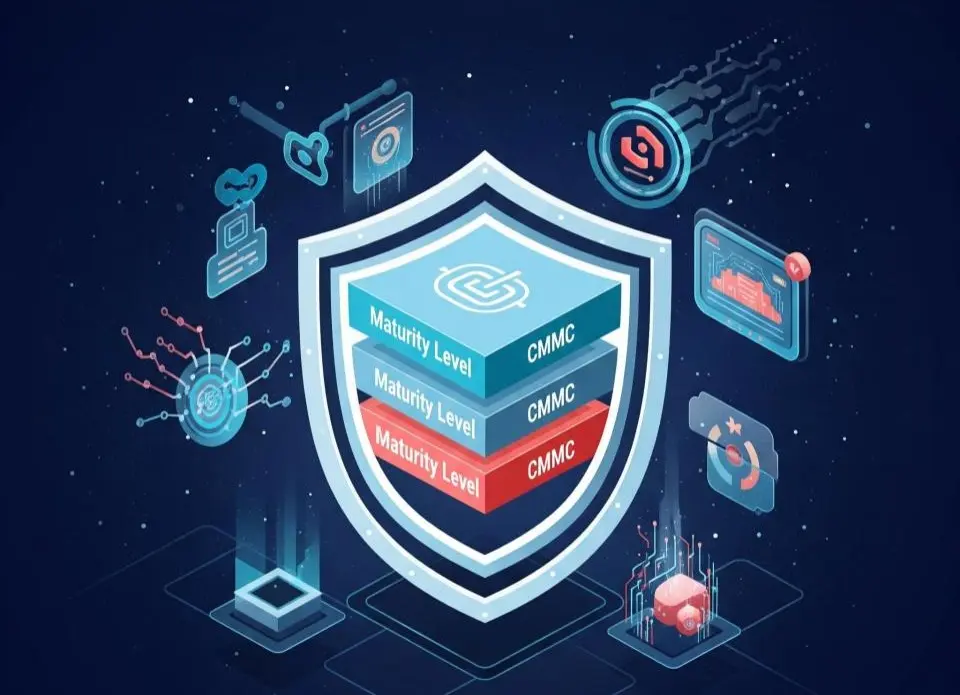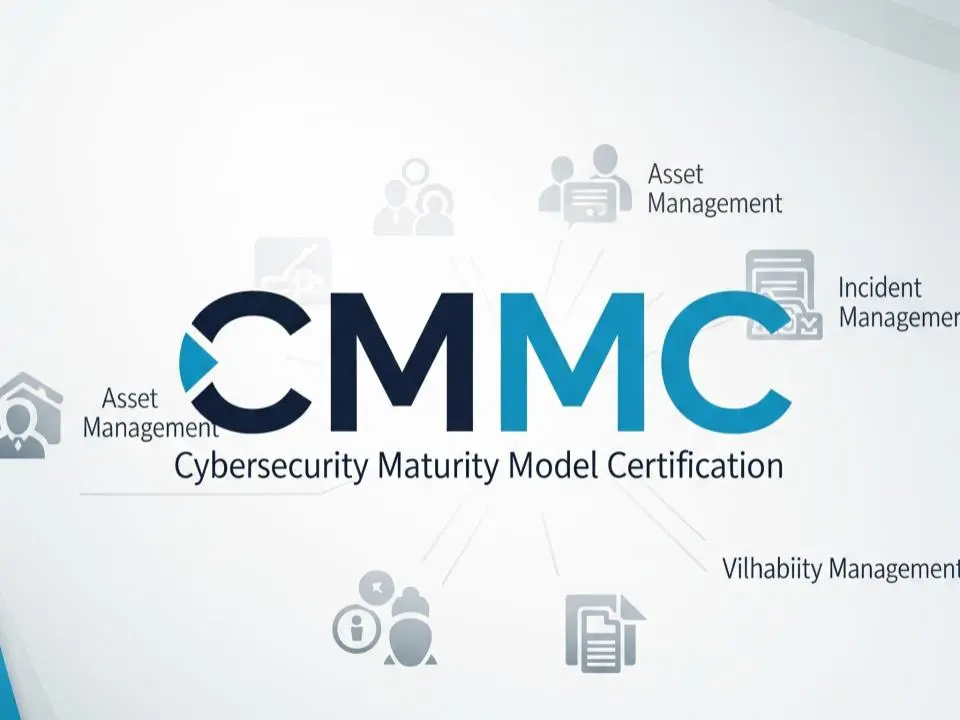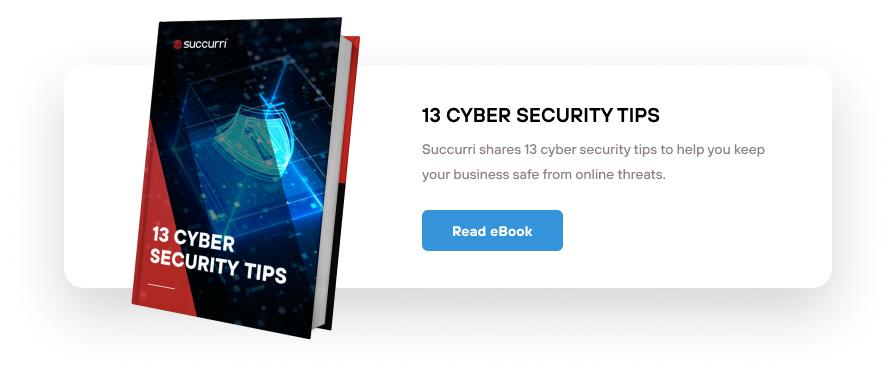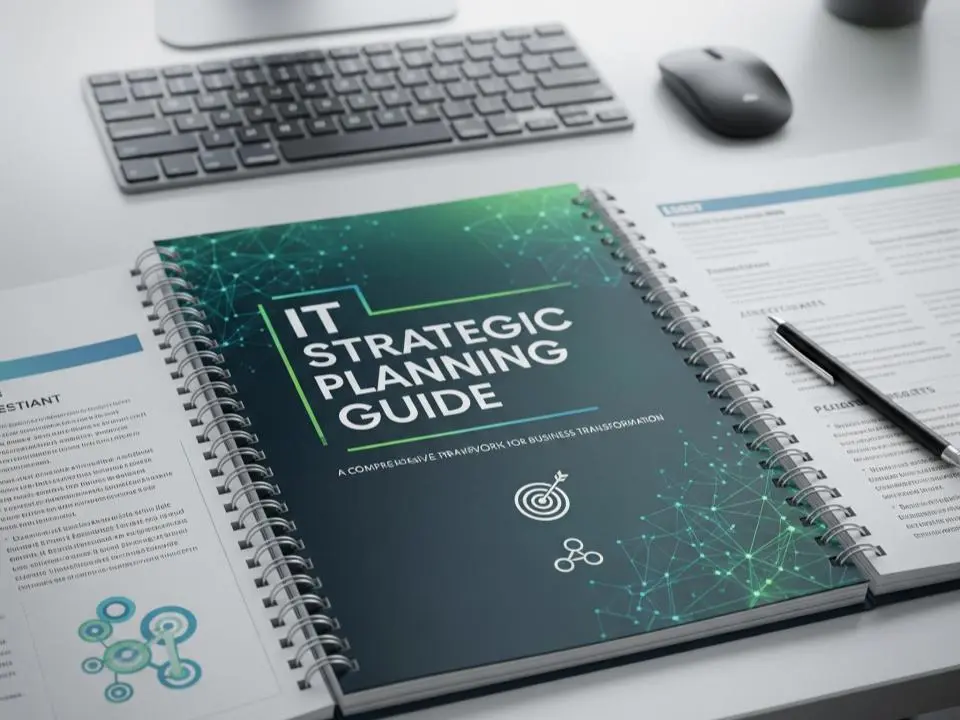As of 2025, a major shift is underway in the defense contracting world, one that’s already beginning to affect thousands of businesses in the U.S. defense supply chain.
The Department of Defense (DoD) has made it clear: cybersecurity is no longer based on trust. It’s about verification. And the key to proving your cybersecurity posture is CMMC compliance.
But what is CMMC, and why does it matter so much for your business?
Let’s break it down.
What Is CMMC Compliance?
So, what is CMMC certification? CMMC stands for Cybersecurity Maturity Model Certification. It’s a unified standard created by the DoD to ensure that all contractors and their subcontractors have the cybersecurity measures in place to protect sensitive federal data.
This includes two main types of information:
- FCI (Federal Contract Information): Info provided by or generated for the government that’s not meant for public release.
- CUI (Controlled Unclassified Information): More sensitive, mission-critical data that still isn’t classified, but must be protected from public exposure.
If you’re handling either of these as part of a DoD contract, the DoD wants proof that you can secure it properly and you will need to be certified to stay eligible for future contracts.
Why Was CMMC Created?
The U.S. defense industrial base (DIB) has been under constant attack.
Foreign adversaries and cybercriminals target small and mid-sized contractors because they’re often the weakest link in the supply chain. In some cases, attackers have stolen technical designs, military strategies, or sensitive project data that cost taxpayers billions to develop.
The DoD tried relying on self-attestation models like NIST SP 800-171 compliance, but it wasn’t enough.
CMMC raises the bar, requiring third-party assessments and formal certification (at some levels) to make sure companies are doing what they say they’re doing.
As a result, CMMC:
- Standardizes cybersecurity requirements across all DoD contractors
- Verifies implementation, not just documentation
- Promotes real cyber hygiene, not checkboxes
- Ensures national security through proactive risk management

What Is CMMC 2.0? Understanding The Three Levels of Compliance
What is CMMC Level 2? With the latest version, CMMC 2.0, the DoD has streamlined the certification model into three levels:
🔹 Level 1: Foundational
- Who it applies to: Companies handling only FCI
- Requirements: 15 basic cyber hygiene practices
- Assessment: Annual self-assessment and affirmation
- Reference framework: FAR 52.204-21
🔹 Level 2: Advanced
- Who it applies to: Companies handling CUI
- Requirements: All 110 controls from NIST SP 800-171
- Assessment: Third-party audit (or self-assessment if low risk)
- Frequency: Every 3 years (plus annual affirmation)
🔹 Level 3: Expert
- Who it applies to: Contractors supporting critical DoD programs
- Requirements: NIST SP 800-171 + 24 additional controls from NIST SP 800-172
- Assessment: Government-led audit (DIBCAC)
- Frequency: Every 3 years
Note: Higher levels include all requirements of the lower levels.
Why Does CMMC Matters for Your Business
We’ve answered the question “what is CMMC in cyber security?” but why does it matter for your business? Let’s take a deeper dive.
1. It’s a Contract Requirement
If your contract or subcontract involves DoD data, CMMC will be required. Starting in October 2025, CMMC will start appearing in new DoD contracts, and by 2028, it will be mandatory in all of them.
No certification = No contract award. Simple as that.
2. It’s a Competitive Advantage (If You Act Now)
Many businesses are still sitting on the sidelines, hoping CMMC will be delayed (again). That’s risky thinking.
By getting CMMC compliant now, you position yourself to:
- Win more contracts
- Partner with prime contractors looking for secure subs
- Avoid last-minute scrambles and failed audits
- Show commercial clients your cybersecurity maturity
“CMMC is not just a compliance hurdle. It’s a differentiator. It’s proof that your company takes security — and national defense — seriously.”
— Grant Eckstrom, vCISO – Succurri
3. It Strengthens Your Business
Even if you never win another government contract, the improvements you make while becoming CMMC compliant, like access control, MFA, endpoint detection, employee training, and incident response, will make your business stronger and safer against today’s cyber threats.

What Happens If You’re Not Ready?
Here’s the brutal truth: Preparing for CMMC compliance isn’t quick or easy.
It can take 6 to 12 months or more to get your house in order, especially if:
- You haven’t implemented NIST SP 800-171 yet
- Your documentation is lacking
- You need technical upgrades or employee training
- You’ve never done a proper risk assessment or SSP
And with the C3PAO auditor shortage, you don’t want to be stuck at the back of the line.
How to Start Preparing Now
At Succurri, we recommend the following CMMC preparation steps:
- Determine your required CMMC level
- Conduct a gap analysis (against NIST 800-171 or 172)
- Develop a remediation plan with milestones
- Implement technical and policy improvements
- Document everything — SSPs, POA&Ms, evidence
- Schedule a pre-assessment or engage an RPO
- Train your employees and secure your environment
Need help? Our team at Succurri works with DoD contractors across the U.S. to create clear, step-by-step paths to CMMC compliance.
In our latest webinar, we share a practical guide to achieving cyber security compliance. Watch the recording here.

Impacting Your Ability to Get Contracts
CMMC compliance is no longer theoretical. It’s here. It’s rolling out. And it will impact your ability to win or maintain DoD contracts.
This isn’t just a government checkbox. It’s about protecting data, defending national interests, and strengthening your business operations for the long haul.
“The companies who take CMMC seriously today will be the ones doing business tomorrow.”
— Grant Eckstrom, Succurri
To learn more about our services, contact us today.






